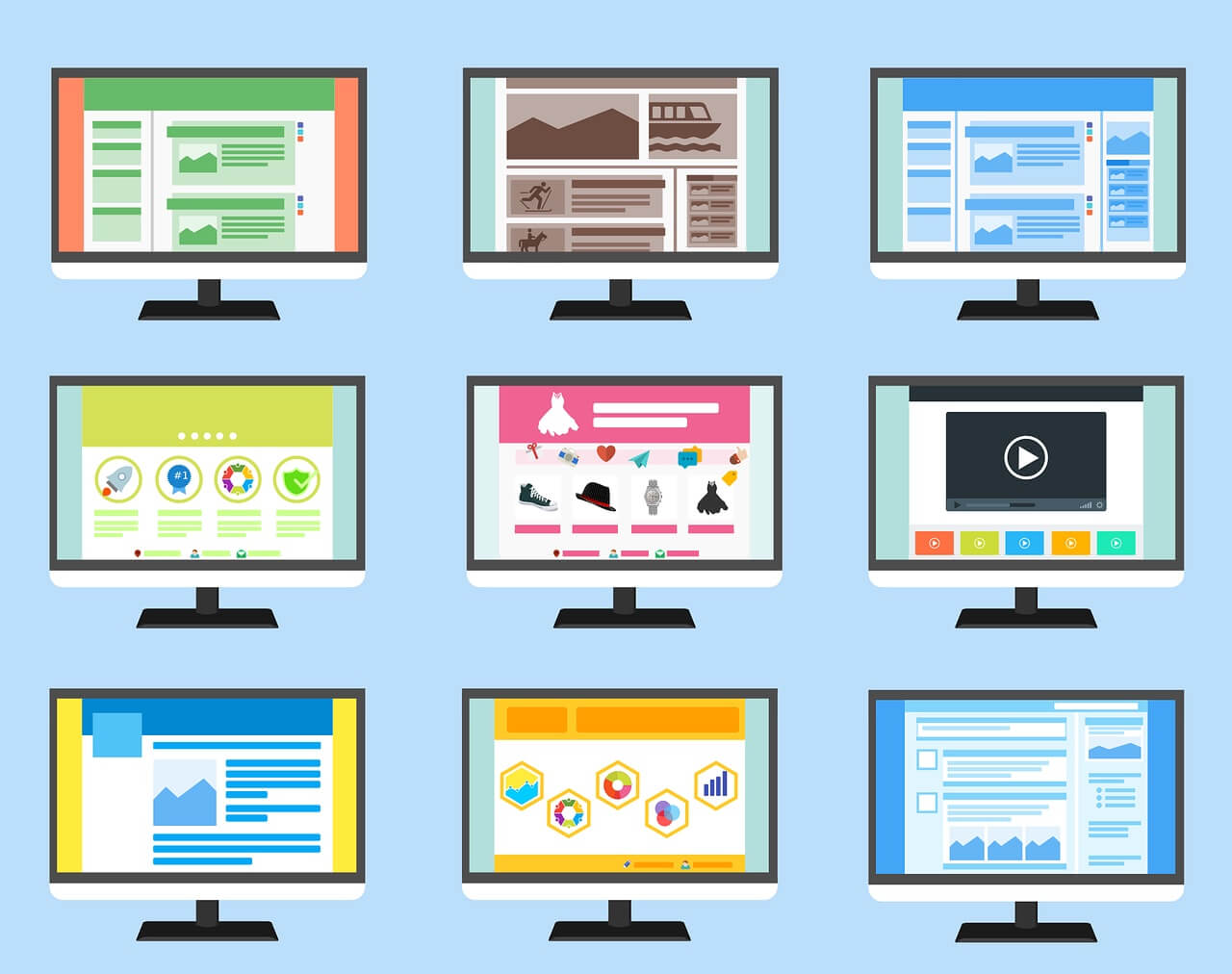In today’s fast-paced and customer-centric business environment, gathering real-time customer feedback and engaging in social media conversations are both vital practices.
These approaches enable organizations to gain valuable insights, enhance their products/services, and deliver the exceptional experiences our customers have come to expect. By actively listening to customers, organizations can meet customer expectations, drive loyalty, and gain a competitive edge. Here’s how.
Understanding the Value of Real-Time Customer Feedback
There are many benefits of real-time customer feedback, the two most important being:
The power of gaining timely customer insights: These are at the core of every customer-centric organisation. Real-time feedback allows organizations to stay agile, make informed decisions, and then respond quickly to changing customer needs.
According to a study by the Aberdeen Group, companies that leverage real-time customer feedback are 33% more likely to retain customers.
By promptly addressing customer pain points, organizations can reduce frustration and escalation, while at the same time enhancing satisfaction and loyalty. This increases both customer retention and revenue growth, two things every organisation wants.
Turning feedback into actionable improvements: Organizations can transform customer feedback into actionable improvements by employing techniques such as sentiment analysis, categorization, and prioritization. These methods help extract valuable insights that can then be used to drive meaningful change.
A leading e-commerce company revealed that analyzing customer feedback using sentiment analysis led to a 25% increase in customer satisfaction ratings. By systematically analyzing feedback data, organizations can identify trends, common issues, and areas for improvement, enabling them to prioritize and implement impactful changes.
Implementing Feedback Collection Mechanisms
There are numerous ways in which an organisation can gather real-time customer feedback. Here are three of the most popularly used ones:
In-app feedback and surveys: Collecting feedback directly within digital channels, such as mobile apps or websites, offers an organisation numerous benefits. By implementing in-app feedback prompts, targeted surveys, and pop-up questionnaires, they can capture customer sentiments in the moment. As a result, they gain valuable insights that can help them improve their offerings, without having to rely on the customer’s memory.
A survey conducted by Qualtrics found that 72% of customers prefer providing feedback within a mobile app.
Airbnb successfully collects in-app feedback on a permanent basis, as anyone who has used their service knows. It enables the company to enhance the user experience, resulting in continuous improvements and increased customer satisfaction.
Live chat and support interactions: Real-time feedback gathered during live chat and customer services interactions provides immediate insights into customer experiences. Organizations can leverage chat transcripts, agent feedback forms, and post-chat surveys to gather valuable feedback and measure customer satisfaction.
After implementing post-chat surveys, one telecommunications company recorded a 20% increase in customer satisfaction scores. People like being asked their opinion, especially when it doesn’t take much effort, as in near real-time questioning.
Post-interaction ratings and reviews: These also play a significant role in collecting real-time feedback. Encouraging customers to provide ratings and reviews immediately after their interactions, helps capture their experiences and sentiments while they … Click to continue reading
















